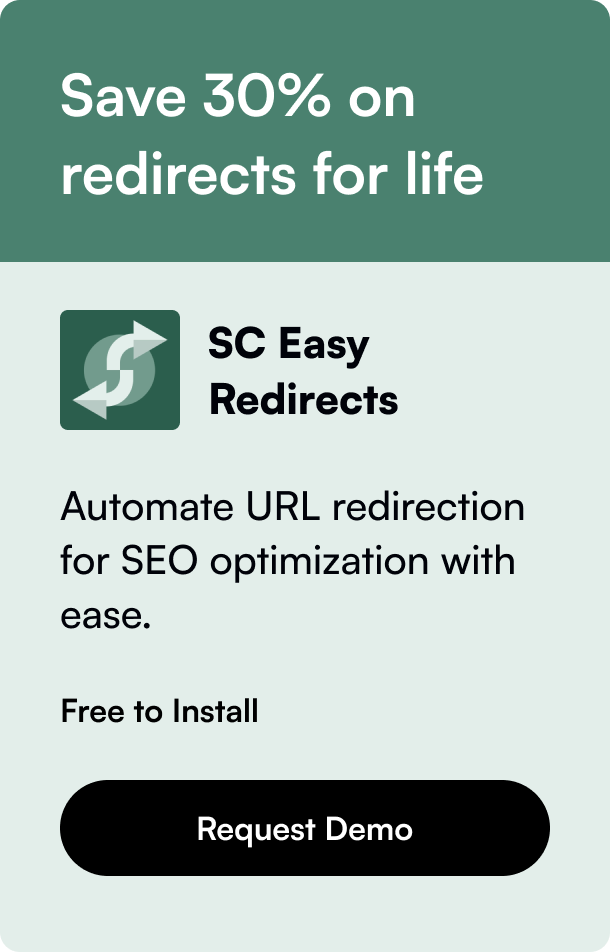Table of Contents
- Introduction
- Crafting a Neater Product Page
- Integrating Tabs into Your Shopify Store
- Enhancing the Shopping Experience
- Frequently Asked Questions
Introduction
Have you ever found yourself lost in a maze of text while shopping online? A product page cluttered with specifications, shipping details, and FAQs can overwhelm your customers rather than guide them. The key to an organized and efficient product page lies in the simple yet powerful feature of tabs. In this post, we'll walk you through how to add tabs in the Shopify product page, ensuring your customers have a seamless and engaging shopping experience. Whether you're a coding novice or a seasoned pro, our comprehensive guide will help you elevate your Shopify store's usability and aesthetics.
Adding tabs to your Shopify product page is not just about aesthetics; it’s about creating a fluid, user-friendly interface that encourages sales and customer satisfaction. By the end of this post, you'll learn the various methods to implement tabs, from using themes with built-in tab functionalities to custom coding and employing user-friendly apps like EasyTabs. Let's dive into transforming your product page into a neatly organized, informative, and conversion-optimized powerhouse.
Crafting a Neater Product Page
Theme-Based Tab Integration
Some Shopify themes come with built-in tabs functionality, which can be a game-changer for those looking to enhance their product pages without dabbling in code. The advantages are clear: a simplified process with minimal risk to your site's structure. However, customization options may be limited, and not all themes will fit your brand's look and feel.
Custom Coding: A Personalized Approach
For those who prefer a tailored look or have specific needs unmet by their theme, adding tabs through custom coding is a viable option. This method requires some familiarity with HTML, CSS, and possibly JavaScript. The process involves editing your product-template.liquid file and introducing custom scripts. While this opens up endless customization possibilities, it does come with a higher complexity level and the risk of errors if you're not cautious.
Simplify with EasyTabs
If custom coding sounds daunting, Shopify apps like EasyTabs offer a straightforward solution to add and manage tabs on your product page. EasyTabs allows for the easy creation of both standard and static tabs, providing a way to neatly organize your product descriptions, reviews, shipping info, and more without touching a line of code. With its user-friendly interface and customization options, even those without technical expertise can achieve a polished, professional look.
Integrating Tabs into Your Shopify Store
Step-By-Step Guide to Custom Tabs
-
Access Your Theme Code: Navigate to
Online Store -> Themes -> Actions -> Edit code. -
Locate and Edit the Product Template: Find
product-template.liquidunder the "Sections" directory. Insert your custom HTML structure for tabs here. -
Incorporate JavaScript: To make the tabs functional, add the necessary JavaScript into the
theme.jsfile. This script will handle switching between tabs on click events. - Stylize with CSS: Use CSS to design your tabs to match your store's aesthetics. Add these styles to your theme's CSS file.
Turning to EasyTabs for Effortless Implementation
- Install EasyTabs: Locate EasyTabs in the Shopify App Store and install it into your store.
- Create Tabs: Use the app's interface to add standard or static tabs depending on your needs.
- Customize Your Tabs: Adjust the appearance, layout, and content of your tabs within the app to ensure they align with your store's design and customer expectations.
Enhancing the Shopping Experience
By adding tabs to your Shopify product page, you provide customers with an uncluttered, accessible space where information is readily available at their fingertips. This not only improves the user experience but also boosts the perceived credibility and professionalism of your store. Whether you choose a theme with built-in functionality, venture into custom coding, or utilize a dedicated app, the addition of tabs is a wise investment in your e-commerce success.
Frequently Asked Questions
-
Can tabs affect my store's loading speed? Adding tabs should have minimal impact on loading times, especially if implemented correctly. However, avoid overloading tabs with heavy content that can slow down the page.
-
Is it possible to track engagement with product tabs? Yes, by using apps or custom scripts, you can track how customers interact with your tabs, providing insights into the most sought-after information.
-
Can I add unique content to tabs for each product? Absolutely. Both custom coding and apps like EasyTabs allow for dynamic content that can vary from one product to another, catering to specific information needs.
-
How can I ensure my tabs are mobile-friendly? Focus on responsive design principles when customizing the appearance of your tabs, ensuring they adapt seamlessly to various screen sizes and devices.
-
If I'm not confident in coding, should I use an app? Yes, apps like EasyTabs are designed for ease of use without technical expertise, providing a reliable and straightforward solution to add tabs to your Shopify product page.
Incorporating tabs into your Shopify product page is more than a design tweak; it's a strategic enhancement to your online store's functionality and customer journey. By following this guide, you're well on your way to creating a more informative, navigable, and enjoyable shopping experience that can lead to increased engagement and sales.








